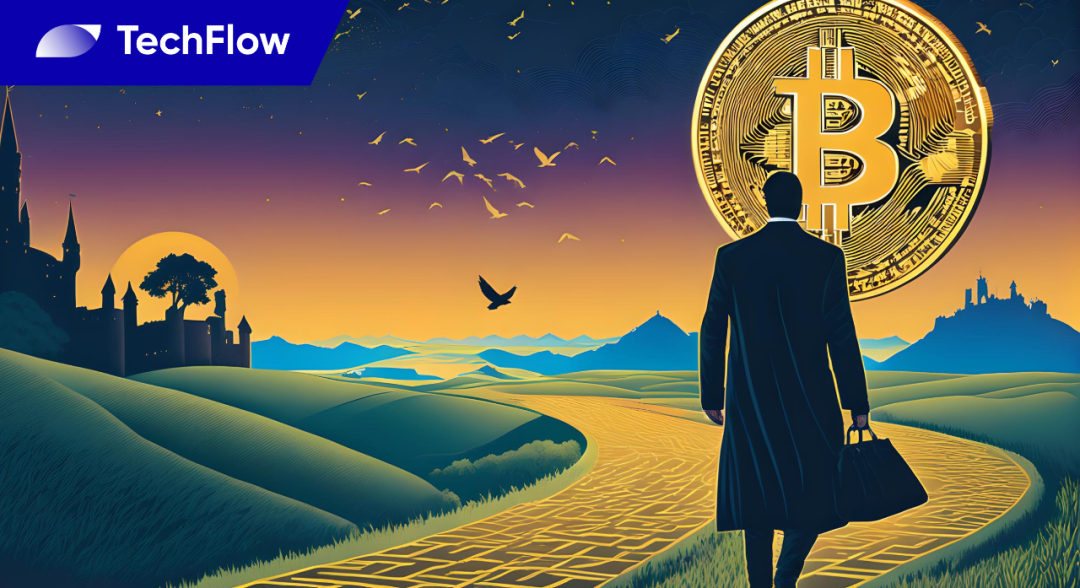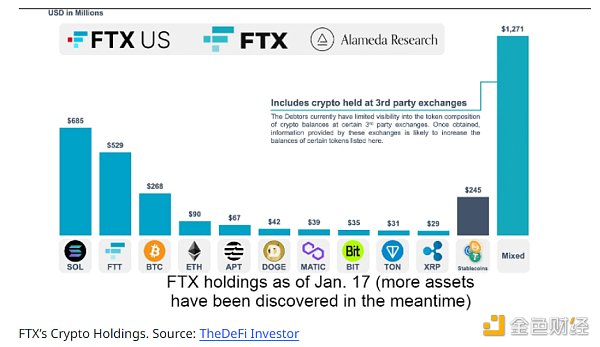Lock in a million dollar BTC and earn $1 a day! What is the lightning network node map?
According to a report by Trustnodes on August 20th, a person or organization named LNBIG recently announced that its operations support nearly half of the Lightning Network (LN) and lock in billions of dollars worth of bitcoin, but the daily income is less than 1. He said:
“I process 200-300 transactions per day through all the nodes, rarely reaching 600. I earn about 5,000 to 10,000 Cong, 0.4-0.8 USD per day. I earn $20 per month at the highest.”

Image source: pixabay
- QKL123 market analysis | When the market is extremely scared, the greed! (0821)
- Sichuan floods, millions of bitcoin mining machines washed away by water
- Why do I have to quit the coin, All in shoes?
He is completely at a loss trading, and does not say that the liquidity of the Bitcoin he holds is locked, and he has to pay more for the chain than for the lightning network transaction/liquidity, so he said:
“Repeating the channel repeatedly, shutting it up and opening it, it cost about a thousand dollars. So, there is no money at all.”
The "Lei Feng Comrade" runs 1800 channels between its nodes, each channel has a capacity of 0.16 BTC. As of August 18, the total capacity is equivalent to 336.38891179 BTC.
The entire lightning network has a capacity of about 800 BTC, which accounts for about 40%. In the past few months, this proportion has declined as he continues to abandon inactive channels. He once waved:
"I will force the closure of the old offline channel that has not been used for more than 80 days. The released bitcoin will serve LNBIG's free inbound channel;-). The capacity of the lightning network will drop to 900 BTC."
As of April this year, there were approximately 1,080 bitcoins on LN. The current number is about 830, which is mainly due to the channel that LNBIG is forced to close. Supporters said:
"LNBIG is closing unused public channels and reallocating funds to private (mobile) channels. This will cause 1ml.com and other LN browsers to report that the network's liquidity is declining."
LNBIG said he faced a dilemma. "When you open a lot of channels, everyone will blame you, saying that you occupy the entire network. And when you close, it will also lead to complaints."
This person or entity has apparently opened up the channel to all LN users, thus increasing mobility and enabling users to actually use the LN network.
If you don't understand, you can refer to Blockstream's Adam Back as a kind of bill. For some reason, your bank card suddenly cannot be used in the local store, so you tell the owner that you will pay him 100 CB Bitcoin tomorrow.
At this time, the owner wrote: Trustnodes owes 100 CB bitcoins. Now he finds the supplier and says that this owe means that you have the right to own 100 CB Bitcoin. Then the supplier does the same for the farmers.
The 100 CB bitcoin has been locked into the system, but in order for it to move, we need "free" 100 CB bitcoin, which is not owed to anyone. Therefore, these "free" bitcoins are like the ones mentioned above.
LNBIG's business is “creating” such an owe, which facilitates “billing” settlement, allowing you to pay the owner with an owed payment.
In other words, this is 100% reserve banking. In order for the reserve to work, you need to simply set 200% collateral.
Therefore, this 1BTC is "free" and acts as a locked 1BTC "Irrigation" until it is finally settled on the chain.
This type of guarantee is a major non-political criticism of LN, and Cornell's Emin Gun Sirer said last year that the lightning network "has collapsed economically." He said:
"Assuming someone can get $10,000 from Coinbase, I don't know how many users are in Coinbase, it is calculated by 10 million, 10 million by 10,000, and the result is 100 billion, which means 100 billion is locked? It is understood Let's go."
Another problem seems to be that the fees charged by an LN transaction seem to be far from offsetting the cost of the chain.
This may be because LNBIG's charges are too low. Based on 300 transactions per day and $0.10 per transaction, you can earn $900 a month, which is just enough to pay for his chain.
However, during this time, the cost of the chain transaction is not far from the $0.1 they charge, or even lower.
Therefore, if you simply compare this, the cost of a lightning network transaction may be as high as the chain transaction. But with the cost of protecting these nodes and channels, system operating costs, and potential opportunity costs due to price changes or other investment events, you may suddenly wonder if the actual cost of LN transactions is better than a simple bitcoin chain. Trading on the lower, or more expensive.
At present, the size of the lightning network is still very small, its total capacity is only 8 million US dollars of bitcoin, but as it develops, conceptually, you will think that its cost will also increase.
This of course includes opportunity costs, but this may actually be a secondary pure cost, because the more users, the more channels, the more transactions on the chain, the higher the cost. If you want to make a profit in a transaction, Lightning Network Trading may need to pay as much as the chain transaction, or even higher fees.
The political criticism in this case is obviously centralized: LNBIG may mess up LN and make it unusable. For now, this may not matter, because there are very few people using lightning networks, but if the lightning network is used by more and more people, its channel suddenly drops because of a large amount of liquidity. The person closes the channel, and this situation may be reflected in the price.
You can say that they are not interested in doing this, but it is more mischievous than the potential hacking failure point.
But what's interesting is that all these concerns seem to be far away. Because there seems to be a very basic question here: Is the LN transaction really cheaper than the chain transaction under the same conditions due to the collateral restrictions?
Therefore, even if we ignore the factors such as opportunity cost, we still don't seem to know whether the settlement mathematics is really feasible when the collateral is taken into account.
As far as the current situation is concerned, it does not seem to be the case. Whether this situation will change or not remains to be seen.
We will continue to update Blocking; if you have any questions or suggestions, please contact us!
Was this article helpful?
93 out of 132 found this helpful
Related articles
- How to enter the Vietnamese blockchain market? We chatted with the biggest public chain and the first movers in the country.
- Research | What is the relationship between the difficulty of bitcoin mining and its price?
- Cryptographic currency and Stockholm syndrome
- US Secretary of State Pompeo said that the cryptocurrency "anonymous transaction" constitutes a major national security risk, and the encryption community directly slammed back
- Destroy the bitcoin of Nakamoto! In order not to let the "fake books" be awkward, some people suggested
- The future of the central bank's digital currency
- Live capture, delete tweets, this mysterious Twitter account is onlookers






